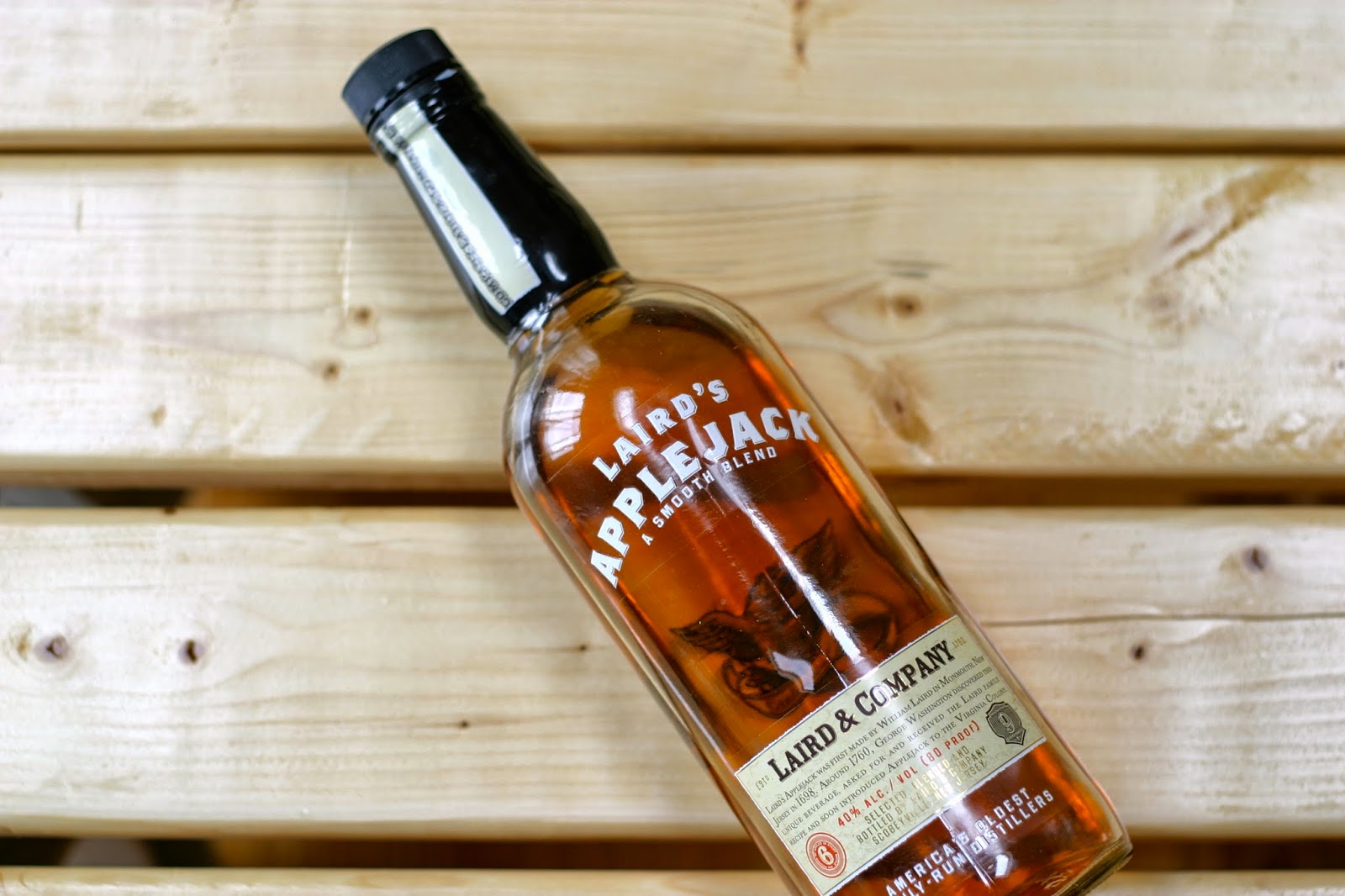

It’s something that probably could be tightened up and eliminated with a bit more time in the barrel. It’s not necessarily a deal killer, and it almost acts like some of those same sharp notes and compounds that you’d find in a young VS Cognac. Just before you get to what I’d identify as the “finish” on the taste, though, there’s a good hit of sharpness that starts to attack my palate. All in all, the combination of those components is well balanced and nicely done, right until the end. Throughout, you’ve got the apple flavor in there supporting all of those components, always present but never quite taking center stage. The caramel and vanilla are the first and most resounding notes, followed by a bit of baking spices, and then the cinnamon is really what carries through to the end. Those notes all make it into the flavor as well, which is a delicious and welcome thing.

Mixed into the aroma there are also some baking spices and cinnamon, a bit of caramel, and a touch of vanilla. There’s a tremendous apple aroma coming off the glass, but there’s also a good bit of alcohol joining it that gives it a bit of a sour tone. I can’t help shaking the feeling that I’m sniffing a green Jolly Rancher here. I think if they stuck with the semi-transparent look and feel we saw on the blended version, it would have had a much better impact and been a bit more of a modern take on the concept. That gives this a very cheap feeling, which is unfortunate. For this straight expression, they went with a printed label that looks like aged parchment, but is actually printed on plastic. The labeling is pretty good, but this is where I think the cheaper version actually stands out a bit. The bottle is capped off with a plastic screw-on top. The bottle generally looks like a wine bottle, with the exception of a significant bulge in the neck which makes pouring easier. Overall, the bottle design is simple but it’s reminiscent of the older styles of spirits bottle, which is consistent with the deep historical roots of this company. Once the brandy has been produced, it is placed into oak barrels to age for an undisclosed period of time. That liquid is then fermented to create a mildly alcoholic beer, which is distilled in copper pot stills to extract the alcohol content. As such, this spirit starts as a brand new crop of Virginia grown apples that are crushed and juiced to extract the sugary liquid within. Technically, “apple jack” is a type of brandy made from distilling apples.
APPLEJACK WHISKEY LICENSE
Over the years, the distillery moved to Scobeyville, New Jersey, and continued operation through prohibition by producing non-alcoholic products such as applesauce and apple cider until they were granted a license for medicinal apple brandy in 1933. The family would eventually be granted license #1 for the distillation of spirits in 1780 by the United States government.

The distillery continued operation throughout the American Revolution, producing applejack for consumption by the Continental Army. It became a popular stopping point for coaches in the area, including a visit from future founding father George Washington (who requested the recipe from the family in 1760). The Laird family opened the Colt’s Neck Inn in 1717, producing their apple brandy (called “applejack”) in a building behind the inn.

Having worked as a distiller back in Ireland, he continued the practice in the New World using the most abundant crops available: apples. Alexander Laird came to the United States in 1698, moving from his home in County Fife, Scotland to Monmouth County, New Jersey.


 0 kommentar(er)
0 kommentar(er)
